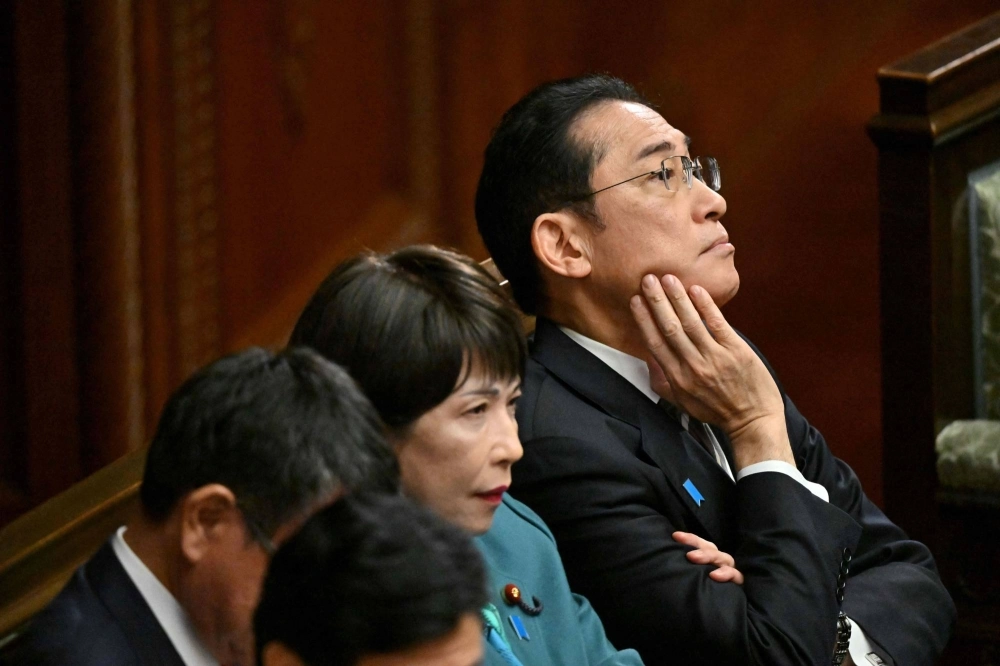With polling numbers at historical lows and a Liberal Democratic Party presidential election scheduled for September 2024, there is little chance that Fumio Kishida will still be prime minister come the end of the year.
LDP politicians are already talking about a leadership change, and the polls have shifted to who the public wants to see in the Prime Minister’s Office.
The top four among those polls were former Defense Minister Shigeru Ishiba, former Environment Minister Shinjiro Koizumi, digital minister Taro Kono and Economic Security Minister Sanae Takaichi.


















With your current subscription plan you can comment on stories. However, before writing your first comment, please create a display name in the Profile section of your subscriber account page.